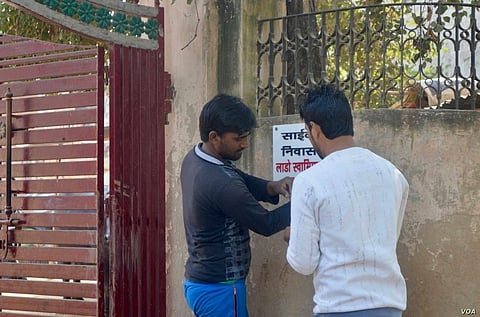So far it is the more affluent families like that of Jangra that have opted to post their daughters' names. But as they are usually the trendsetters in the village, the hope is that others will follow suit. Komal Kalonia, a 19-year-old college student, is one of the few girls who has received a good education. She says her family did not need any persuasion to put her name outside. Kalonia feels the nameplate will send a message.
"When a passerby sees this, it will encourage them to do the same and take their thinking a step ahead," she said. As such campaigns make a mark, the state's gender ratio has improved from 834 girls for 1,000 boys, according to the 2011 census, to 914 last year. It will need a lot of perseverance to achieve women's empowerment, says Jaglan, but the hope is that the names of girls being displayed outside doors will herald a brighter future for girls. "I cannot say everybody's mindset has changed. But if families agree happily, then the message we are giving through these nameplates will ultimately percolate down." (VOA/SP)



